- Home
- Articles
- Architectural Portfolio
- Architectral Presentation
- Inspirational Stories
- Architecture News
- Visualization
- BIM Industry
- Facade Design
- Parametric Design
- Career
- Landscape Architecture
- Construction
- Artificial Intelligence
- Sketching
- Design Softwares
- Diagrams
- Writing
- Architectural Tips
- Sustainability
- Courses
- Concept
- Technology
- History & Heritage
- Future of Architecture
- Guides & How-To
- Art & Culture
- Projects
- Interior Design
- Competitions
- Jobs
- Store
- Tools
- More
- Home
- Articles
- Architectural Portfolio
- Architectral Presentation
- Inspirational Stories
- Architecture News
- Visualization
- BIM Industry
- Facade Design
- Parametric Design
- Career
- Landscape Architecture
- Construction
- Artificial Intelligence
- Sketching
- Design Softwares
- Diagrams
- Writing
- Architectural Tips
- Sustainability
- Courses
- Concept
- Technology
- History & Heritage
- Future of Architecture
- Guides & How-To
- Art & Culture
- Projects
- Interior Design
- Competitions
- Jobs
- Store
- Tools
- More
Revolutionizing Architecture: A Deep Dive into Sustainable Facade Design
Explore the ever-evolving landscape of sustainable facade design in architecture through case studies and innovative strategies. This article discusses passive design, energy-efficient materials, and cutting-edge green technologies, underlining the significant role of integrating nature and climate-responsive measures in architecture.

In the world of architecture, we’re witnessing a significant shift towards sustainability. One crucial aspect of this evolution is the concept of sustainable facade design. It’s not just about aesthetics anymore; it’s about creating structures that are energy-efficient, environmentally friendly, and sustainable in the long run.
Sustainable facade design is a game-changer. It’s about integrating innovative technologies and materials into building design to minimize environmental impact. From solar panels to green walls, architects are finding creative ways to make buildings not only functional and beautiful but also sustainable.
This new approach isn’t just good for the planet; it’s also good for our wallets. Energy-efficient buildings can significantly reduce utility costs, making sustainable facade design a smart investment for the future. We’ll delve into the ins and outs of this trend, exploring its benefits and showcasing some stunning examples of sustainable facade design in action.

Table of Contents
ToggleDesigning Sustainable Facade in Architecture
Let’s venture into the specifics of sustainable facade design and its role in shaping the built environment of the future. There’s more to it than just high-tech materials and bold aesthetics. It’s about thorough understanding and thoughtful implementation of two pivotal aspects: Reducing energy consumption and enhancing indoor comfort.
Reducing Energy Consumption
The forefront of sustainable facade design is aimed at reducing energy consumption. It’s making a vital contribution to the global effort to curtail the greenhouse effect. Buildings are notorious energy hogs representing nearly 40% of the global energy consumption. On that account, the mantra of sustainable facade design is – reduce, recycle, and recover energy.
Through optimally designed facades, we have the power to minimize the reliance on artificial lighting and heating. Developers and architects are deploying multiple strategies like utilizing high-performance glazing systems, integrating solar panels in the design, and leveraging architectural solutions like overhangs and shades. Other key features include insulation and thermally broken systems that significantly diminish energy loss.
Enhancing Indoor Comfort
Beyond the gains in energy efficiency, sustainable facade design has an essential role to play in enhancing indoor comfort. It aids in creating indoor spaces that are more pleasing and healthier for their occupants. Aspects like natural light, external views, and thermal comfort have a remarkable influence on individuals’ well-being and productivity.
Incorporating biophilic elements in the facade such as green walls and living roofs directly impact our connection with nature. Additionally, advancements in smart glass technology give us a greater degree of control over the quantity of light and heat entering a building, improving the internal ambiance while retaining aesthetic appeal.
Our ultimate objective is clear: create structures that go beyond mere functionality. It’s about harmoniously bringing together people, technology, and nature in built spaces. On this thrilling expedition of sustainable building design, we continue to discover and invent new methods, solutions, and materials.

Principles of Sustainable Facade Design
Sustainable facade design is a continually evolving field, with its roots deeply grounded in principles that balance form, function, and energy efficiency. Through these principles, we aim to diminish environmental impacts while enhancing the experience and well-being of people who use these spaces.
Passive Design Strategies
In sustainable facade design, the first principle we focus on is the use of passive design strategies. By taking advantage of site-specific environmental conditions such as sunlight, wind, and temperature, these strategies can improve energy efficiency and ensure comfort. Examples include:
- Orientation: Facades are strategically oriented to maximize natural light and minimize overheating.
- Day-lighting: High-performance glazing systems are used to allow passive solar gain.
- Natural ventilation: Openings are designed to enhance airflow, reducing the need for artificial cooling.
The importance of these passive design strategies is evident. For instance, studies have shown that with the use of daylighting, we could reduce energy consumption by up to 35%.
Material Selection
Next in line is material selection. The choice of materials for a building’s facade greatly impacts its energy performance and sustainability. Always consider three primary factors:
- Thermal properties: High thermal-mass materials such as concrete store and regulate heat effectively.
- Longevity: Durable materials require less maintenance, and they add to the structure’s lifespan.
- Recyclability: Materials that can be recycled reduce waste at the end of the building’s life cycle.
Selecting the right materials might seem like a daunting task, but the long-term benefits, both in terms of cost savings and environmental impact, are worth it.
Green Technologies Integration
Our final principle is the integration of green technologies. Modern technology plays a crucial role in achieving sustainability targets. Here are some examples:
- Solar panels: These panels offset energy consumption by harnessing sunlight and converting it into usable power.
- Architectural solutions: Elements like overhangs and brise-soleil reduce reliance on artificial lighting and cooling.
- Automation Systems: These smart systems optimize the performance of a building’s energy systems.
These principles constantly shape the future of architecture. Architects and designers are challenged to invent, modify and apply these fundamentals to their work. It’s a journey of discovering new ways to merge people, technology, and nature harmoniously in built environments. Our aim is to innovate relentlessly in sustainable building design. Because with every advancement in sustainability, we shape a healthier, more comfortable living space for people and a safer, more resilient world for all.

Case Studies of Successful Sustainable Facade Designs
Taking a closer look at real-world applications can provide valuable insights into the practical implementation of sustainable design principles in architecture. Let’s begin by examining some LEED Certified Buildings and their successful façade designs.
LEED Certified Buildings
The Leadership in Energy and Environmental Design (LEED) is an internationally recognized rating system that sets a benchmark for environmentally responsible building design. LEED-certified buildings portray exemplary use of sustainable strategies in their design and operations.
For instance, the Bank of America Tower in New York, one of the most eco-friendly buildings in the world, is LEED Platinum certified. Using an advanced façade design, it maximizes daylight penetration and minimizes thermal loss. High-performance, low-emittance glass panels aid in preserving internal temperature, reducing the energy load on HVAC systems.
Another notable example is the Pearl River Tower in Guangzhou, China. Designed to work with the local climate, it cleverly maneuvers wind patterns for natural ventilation and houses solar panels on its façade for energy generation.
Biophilic Design Applications
Biophilic design is garnering considerable attention in the realm of sustainable architecture. It invites nature into the built environment improving occupant wellbeing and reducing energy costs.
The Edge in Amsterdam, depicting a pioneering model of biophilic design, mesmerizes with a stunning glass façade that welcomes ample natural light. Indoor gardens further elevate the tranquillity and attractiveness of the workspace.
Meanwhile, Seoul’s Amorepacific Headquarters enthuses with a unique façade incorporating living green walls. Its breathable, porous structure reduces heat islands, facilitates natural ventilation and delivers improved thermal comfort.
Climate-Responsive Facades
Climate-responsive façade design is a keystone of sustainable architecture, custom-tailored to local environments for optimized performance.
Highlighting adaptive façade technology, the Al Bahr Towers in Abu Dhabi present a dynamic shading system. Their geometric façade features adjustable elements which respond to the sun’s position reducing solar heat gain.
Equally innovative, the Helicon Building in London employs a façade of double-skin glass requiring less energy for heating and cooling. These examples illustrate the potential of climate-responsive façade design in fostering more energy-efficient architectures globally.
Diving deeper into these case studies, we can see how passive strategies, green technologies, and careful material selection integrate to realize sustainable façade designs. It’s an exciting time in architectural design with continuous advancements paving the way for unprecedented levels of energy efficiency, comfort, and harmony between man-made structures and nature.

Conclusion
Having closely examined a number of innovative buildings worldwide offering unique takes on sustainable facade design, it’s clear that the architectural world is swiftly evolving. Transferring lessons learned from these existing structures to forthcoming projects holds the key to further advancements in this realm.
The LEED Certified buildings like the Bank of America Tower and the Pearl River Tower show us how to improve energy efficiency through advanced facade designs. From their examples:
- Maximizing daylight with high-performance glazing
- Implementing energy-saving measures with exterior shading devices
- Enhancing thermal comfort with insulated glass
These factors combine to reduce electricity consumption while maintaining a comfortable interior environment.
Biophilic design applications, as witnessed at The Edge in Amsterdam and Seoul’s Amorepacific Headquarters, stress the relevance of integrating green foliage into built environments. It’s not merely about aesthetics. These implementations drastically improve air quality while enhancing the psychological wellbeing of the building’s occupants.
Similarly, Al Bahr Towers and Helicon Building showcase how climate-responsive facades significantly contribute towards optimal performance in diverse climates. By tailoring designs to work with surrounding natural conditions, architects can reduce the building’s energy requirements and optimize its overall environmental performance.
It’s worth noting that the integration of green technologies and material selection plays a significant role in realizing these design aspirations. By choosing eco-friendly materials during construction and applying advanced green technologies, architects can dramatically decrease the building’s carbon footprint. Additionally, this approach paves the way for buildings to integrate more seamlessly with nature, establishing a harmonious balance between human-made structures and the natural environment.
As we stride forward into the other aspects of sustainable architecture and continue this conversation, we have a solid foundation from successful sustainable facade designs. By understanding and incorporating these strategies and technologies, we are well-prepared to design future buildings that prioritize efficiency, sustainability, and harmony with nature.
Submit your architectural projects
Follow these steps for submission your project. Submission FormLatest Posts
What are Biodomes?
Biodomes are transforming architecture by blending ecological science with advanced design to...
The Quiet Revolution of Biophilic Design
Biophilic design is reshaping homes, workplaces, and cities—backed by evidence. Learn core...
Sustainable Solutions in Contemporary Architecture: From Passive Design to Clean Energy
Sustainable solutions in contemporary architecture: a practical playbook to hit net-zero, cut...
8 Trends in Dynamic Facade Design You Need to Know
Dynamic façades are transforming contemporary architecture by adapting building envelopes to environmental...




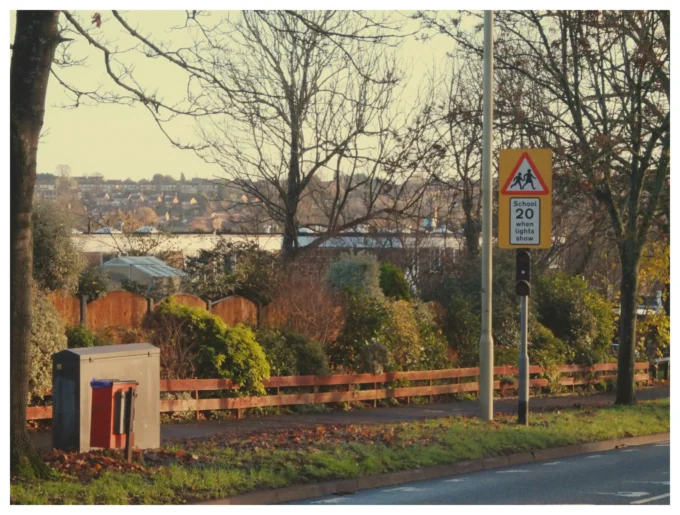
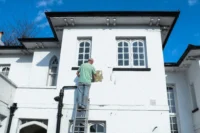


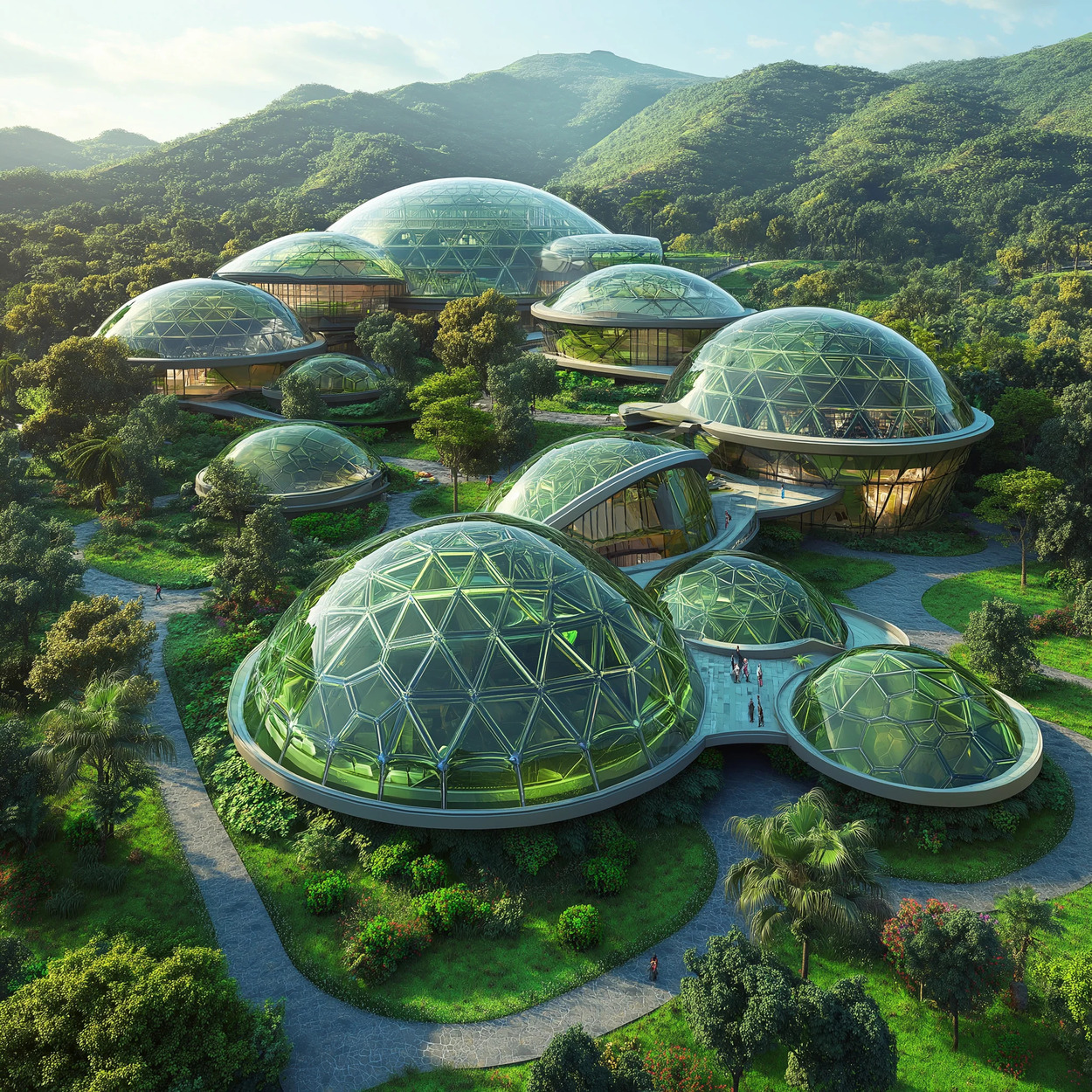
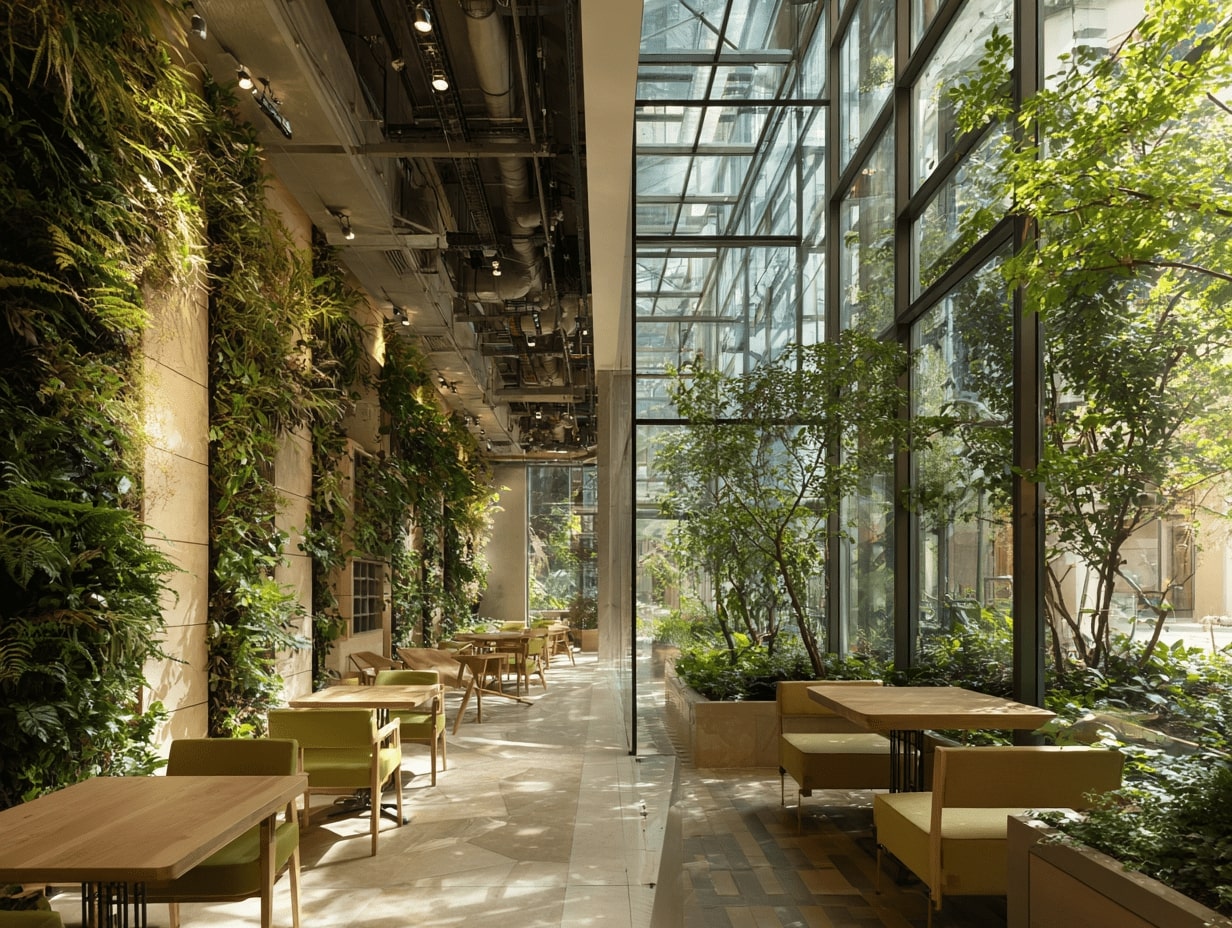
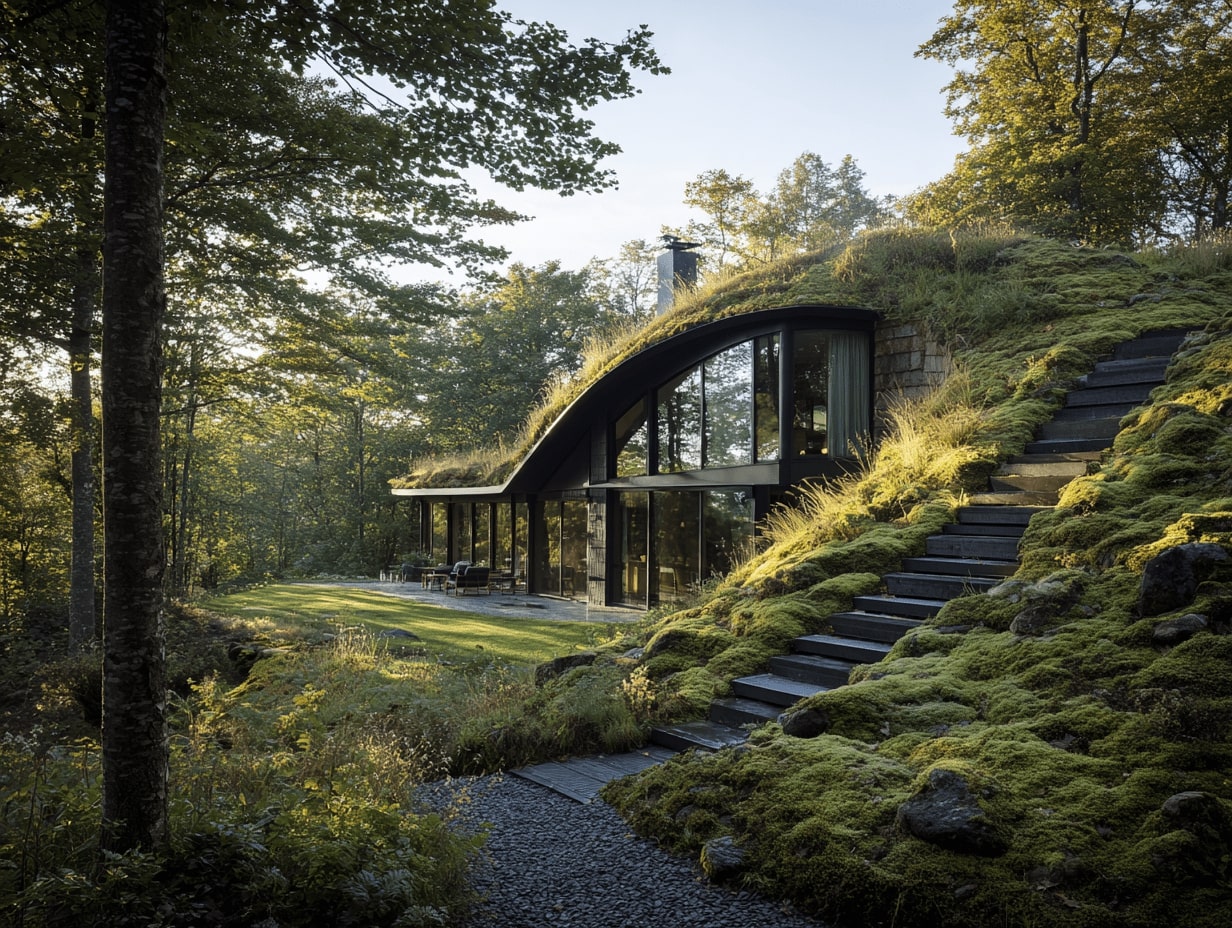
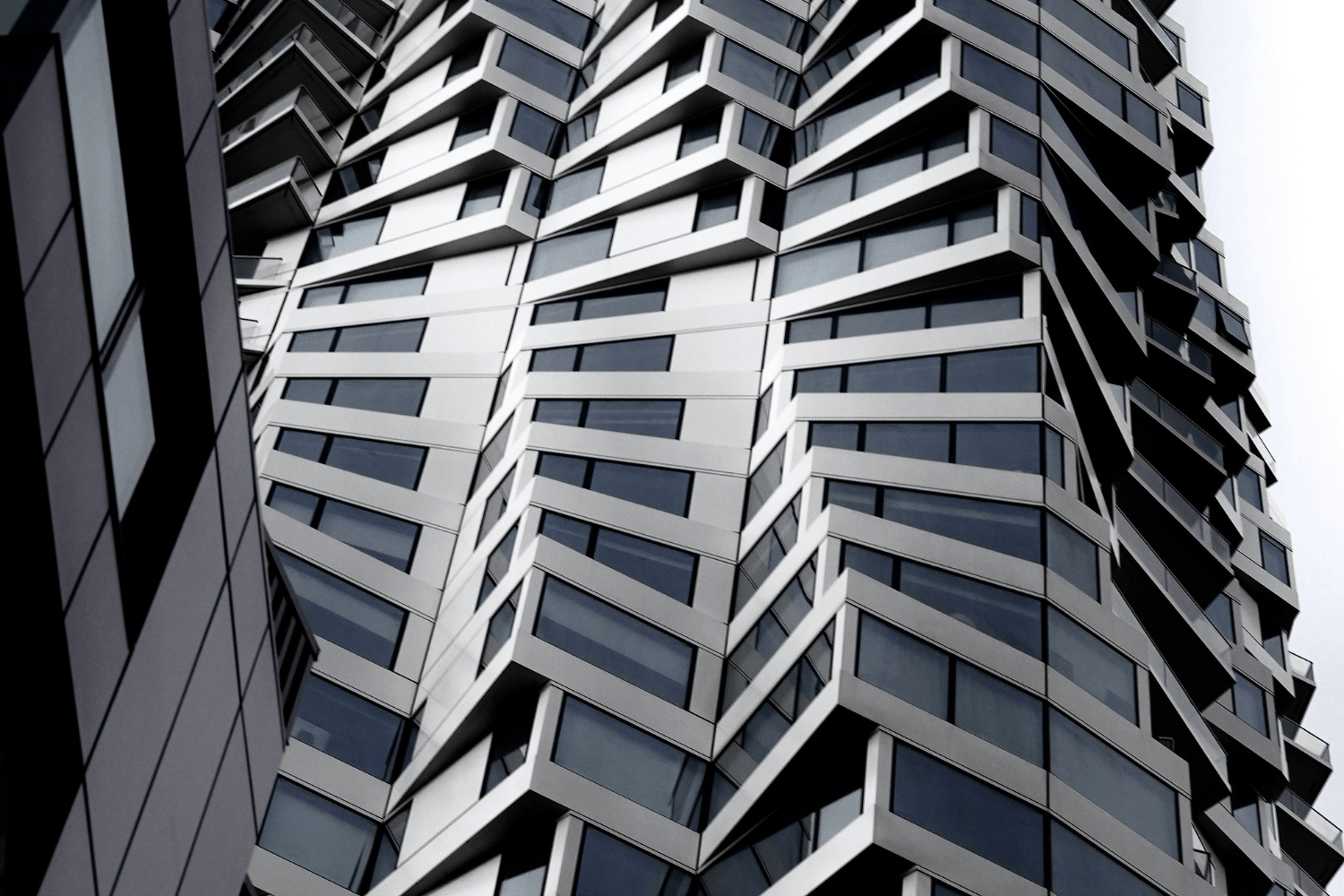
Leave a comment